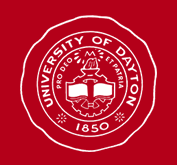Abstract
When Dr. Raymond M. Herbenick approached me about the possibility of organizing a musical celebration to be part of the Colloquium on "Augustine on Human Goodness," I was drawn to the connection between Ambrose and Augustine in Milan, the site of Augustine's conversion. Even though the manuscript sources for the unique rite of Milan are relatively late (11th and 12th century), most scholars agree that the "Ambrosian" rite (and its chant) is of an ancient origin, although like "Gregorian" chant, its patron's impact was more spiritual than real. Even in its modem form, the Milanese rite reflects the influence that the Eastern Church, especially the church of Syria, had in northern Italy during the early centuries of the Christian era. This influence is seen in the structure of these Vespers, in the "Lucernarium," and in the "Kyries" repeated throughout this Vesper service. These elements, plus the procession to the baptistry, the placement of elements within the service, and the relatively simple modal organization of the psalmody, all stand in great contrast to Vespers according to the Roman rite.
Recommended Citation
Ridder, Todd
(1994)
"Ambrosian Vespers for the Feast of the Conversion of St. Augustine,"
University of Dayton Review: Vol. 22:
No.
3, Article 20.
Available at:
https://ecommons.udayton.edu/udr/vol22/iss3/20



Comments
Issue contains the subject matter of the 1994 Philosophy Colloquium, which had the theme "Augustine on Human Goodness: Metaphysics, Ethics and Politics." It was held April 7-9, 1994.